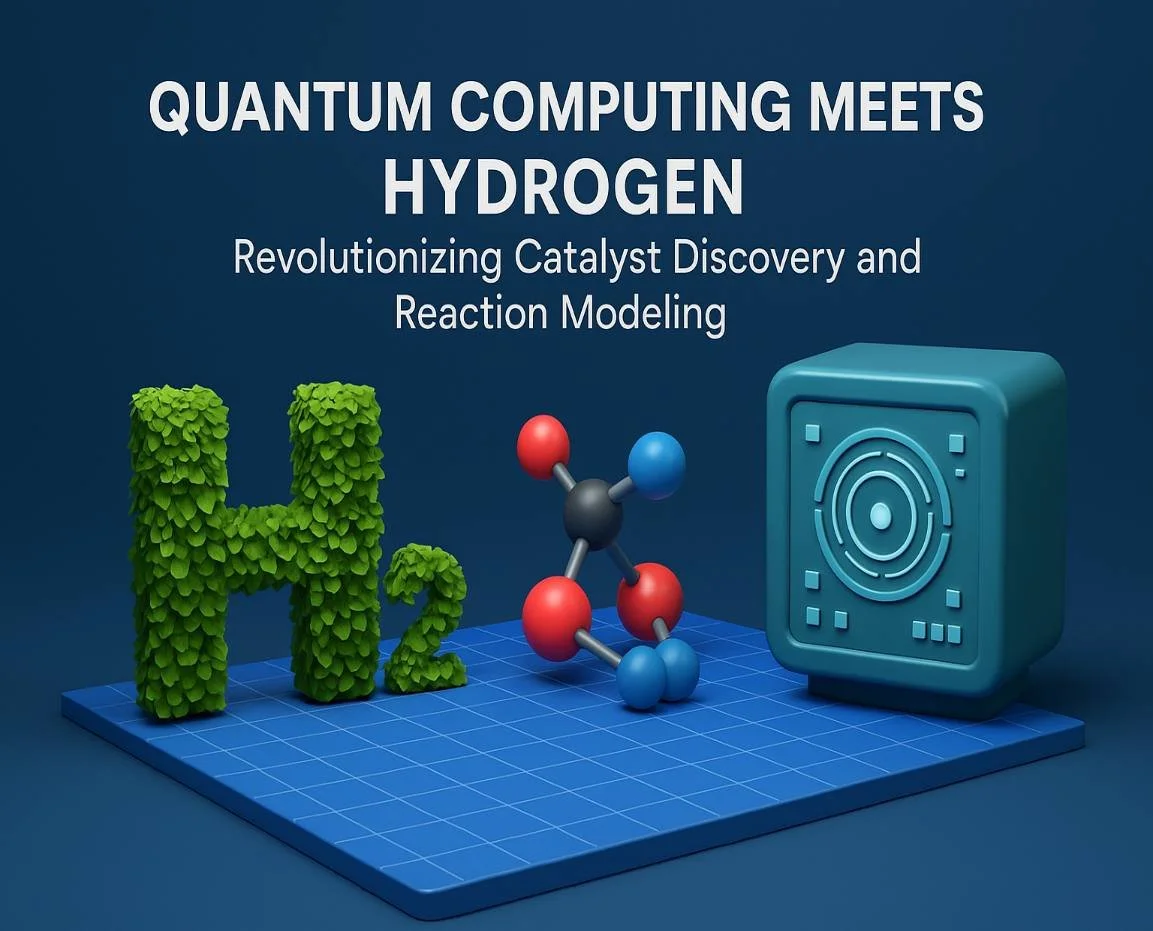Molecules to Materials: Quantum Utility in Drug and Catalyst Discovery
Credit: UOCS
From toy circuits to reproducible hybrid chemistry pipelines
Discovery is still a search problem: traverse huge chemical spaces, evaluate candidates, and iterate. The commercial trend is to stitch AI, HPC and QPU calls into one governed workflow that reduces time-to-candidate and improves physics where approximations struggle. Microsoft’s Azure Quantum Elements is a visible example—pairing AI-assisted generative chemistry and accelerated DFT with cloud HPC, while leaving room for quantum steps as devices and runtimes mature. In parallel, IBM’s Qiskit Runtime exposes primitives that bundle compilation, mitigation and execution for chemistry-relevant circuits, allowing teams to version their workflows like any other production service.
Where can quantum help now? In subroutines: improving parts of electronic structure, reaction path sampling, or correlation effects where classical methods are fragile or too approximate under tight time budgets. The narrative has shifted from one-off demonstrations to repeatable pipelines: AI proposes, HPC screens, and QPUs refine or validate pieces that benefit from quantum state preparation. As error suppression improves and small logical qubits appear in lab settings, these subroutines can be pushed further—still hybrid, still governed, but more impactful on programme KPIs.
What buyers need is reproducibility. That means containerised environments, frozen library versions, reference datasets, and tracking of transpilation seeds and mitigation levels. It also means licensing: who owns the IP in the models, circuits and workflows, and how it’s shared with CRO and cloud partners.
For an effective GTM strategy to work, it’s important to sell a chemistry runtime rather than raw hardware: domain-specific SDKs, validated reference problems, and governance artefacts a chief scientist and a compliance officer can both sign. Partner with ISVs and cloud teams to co-host sandboxes where IP terms are pre-negotiated. Success looks like turning discovery from bespoke heroics into a pipeline with measurable, versioned steps—AI, HPC and QPU—where quantum shows up as a reliable module, not a science project.
